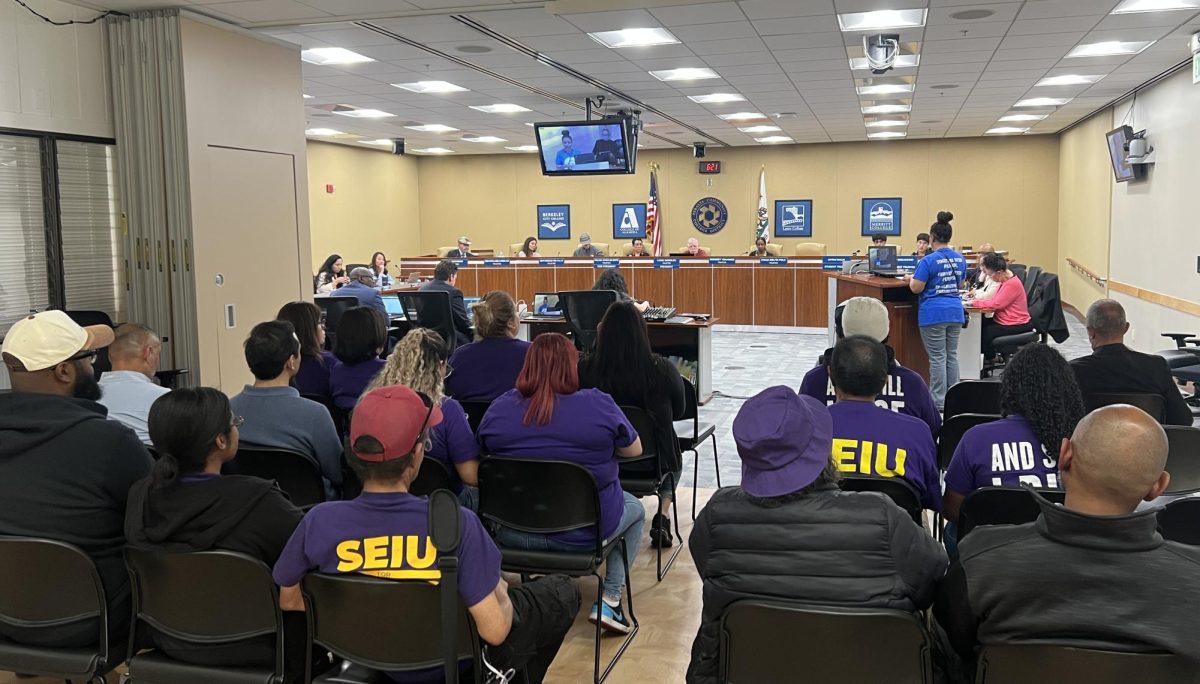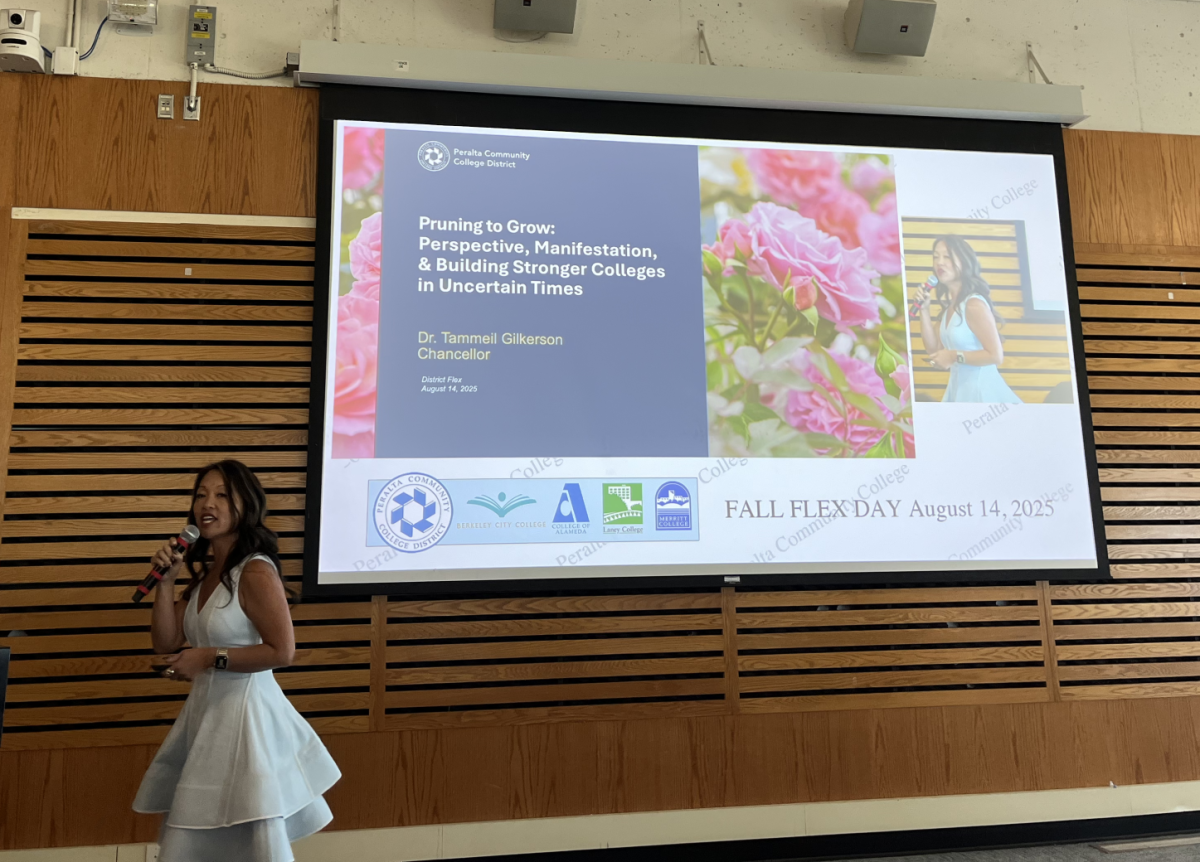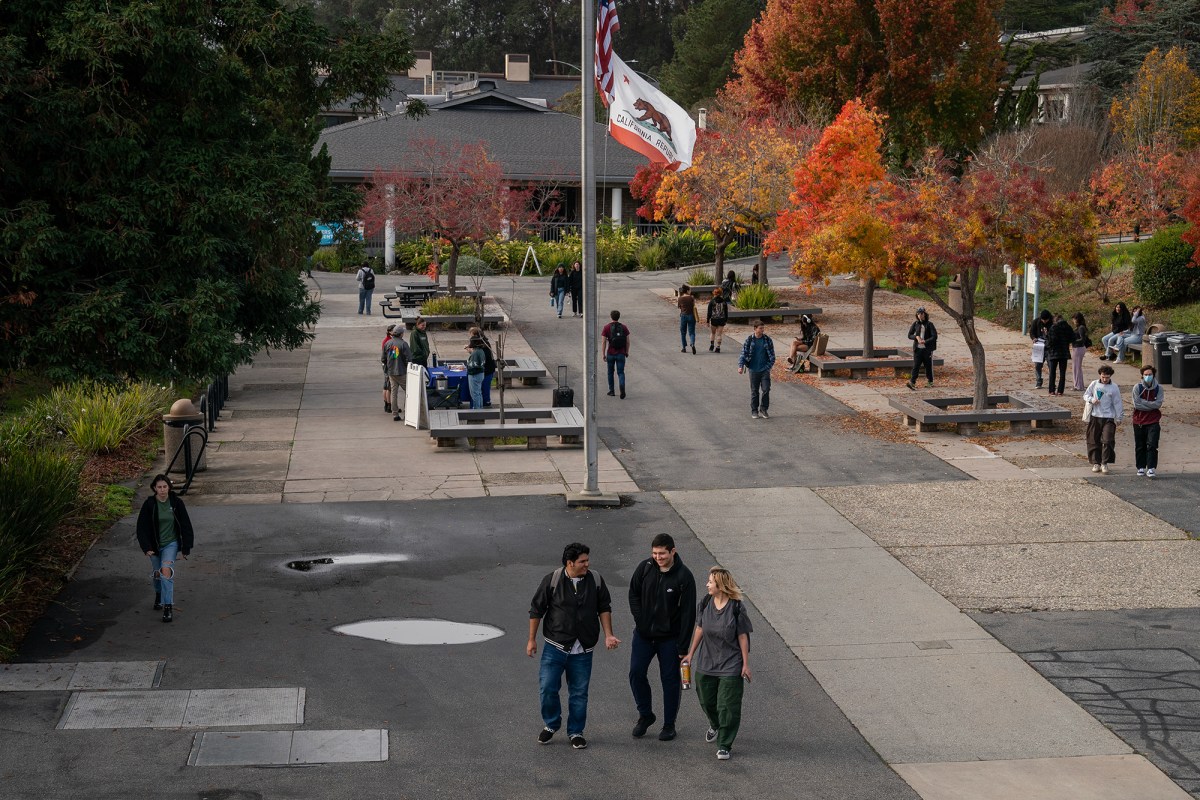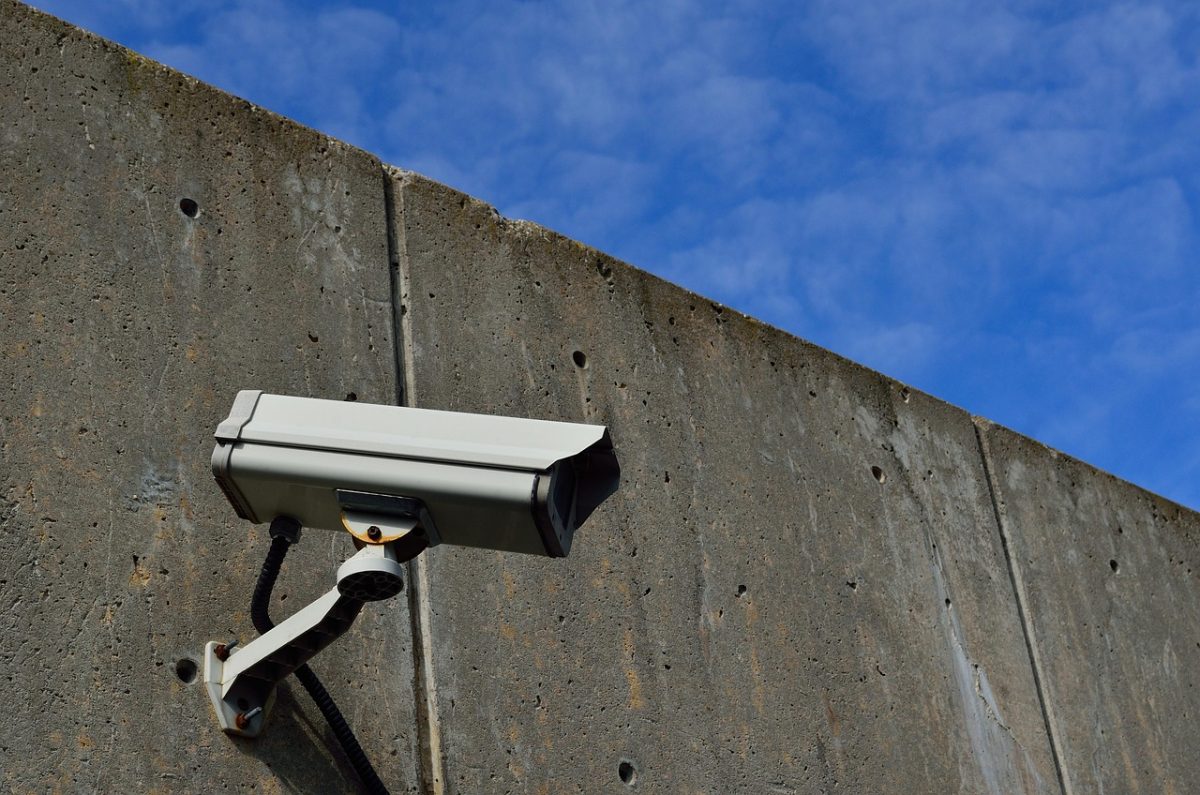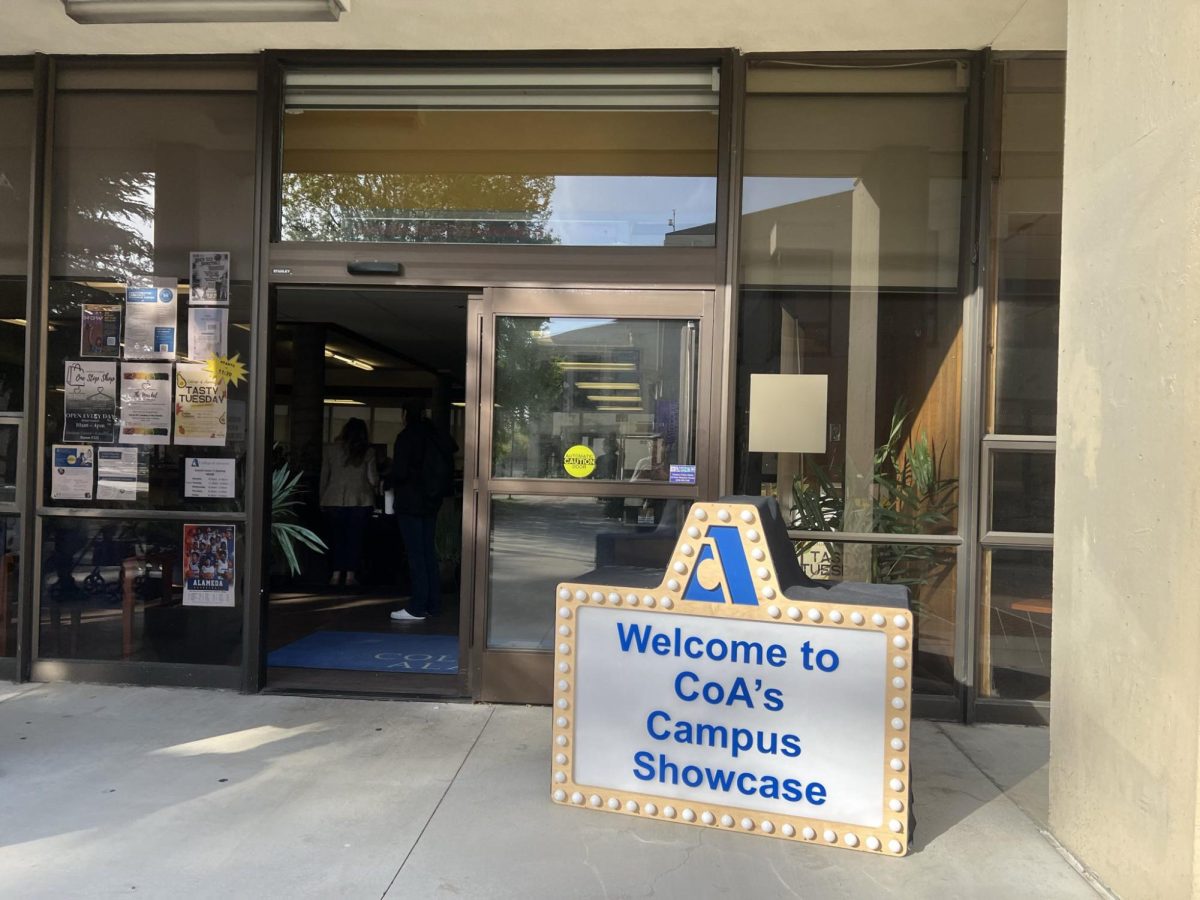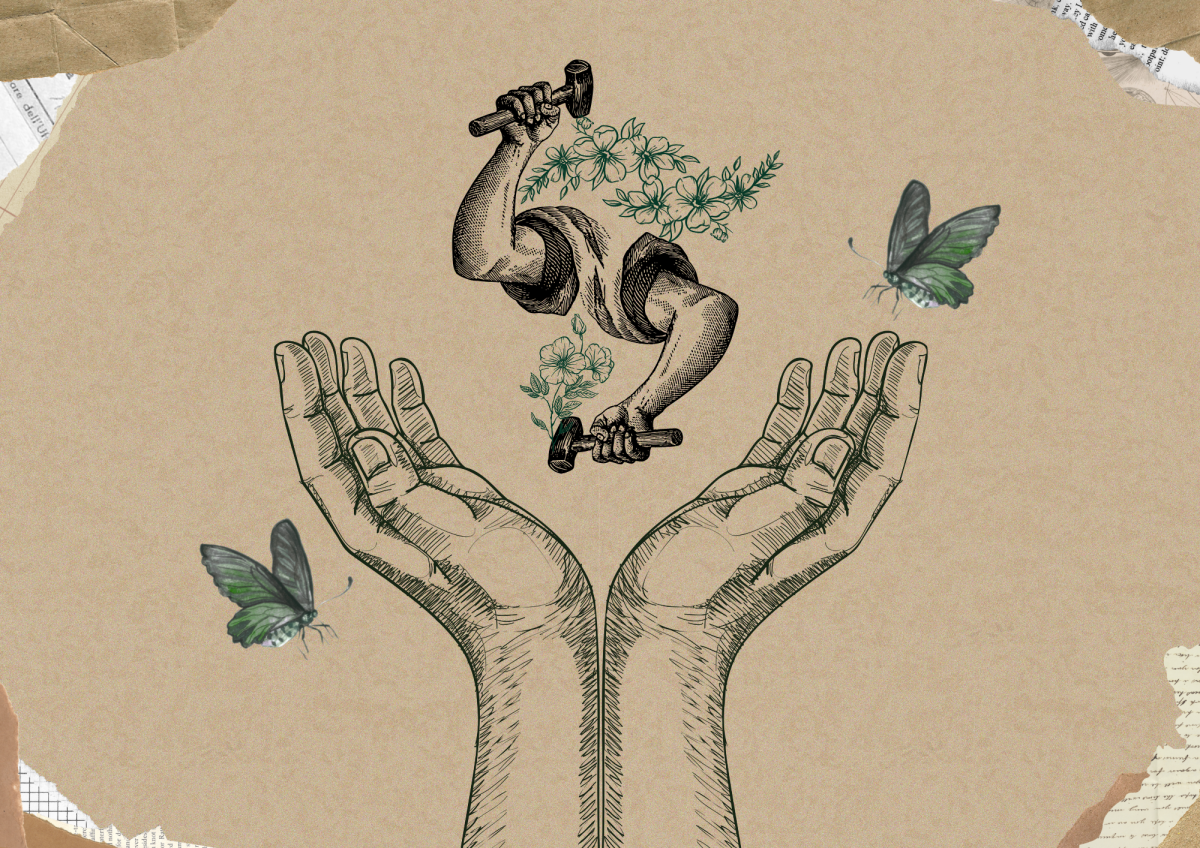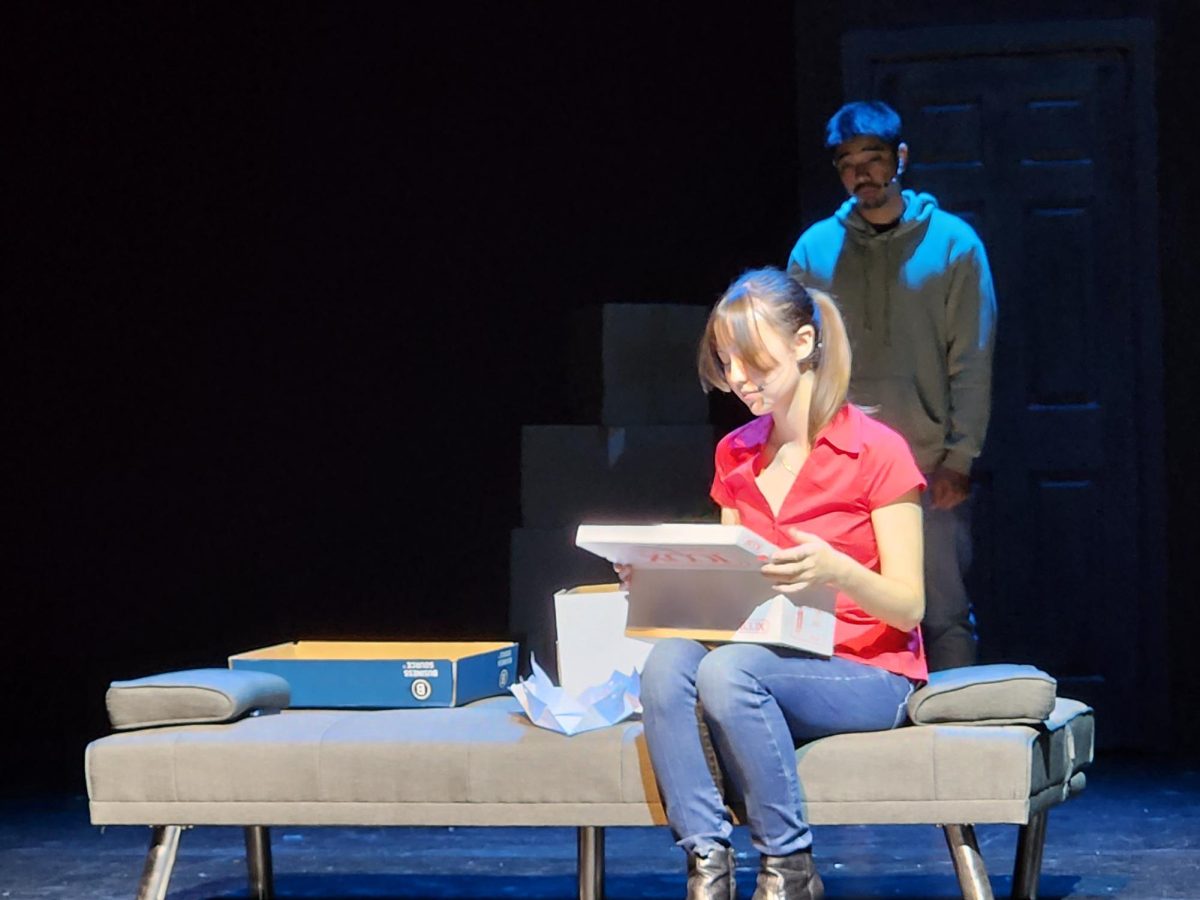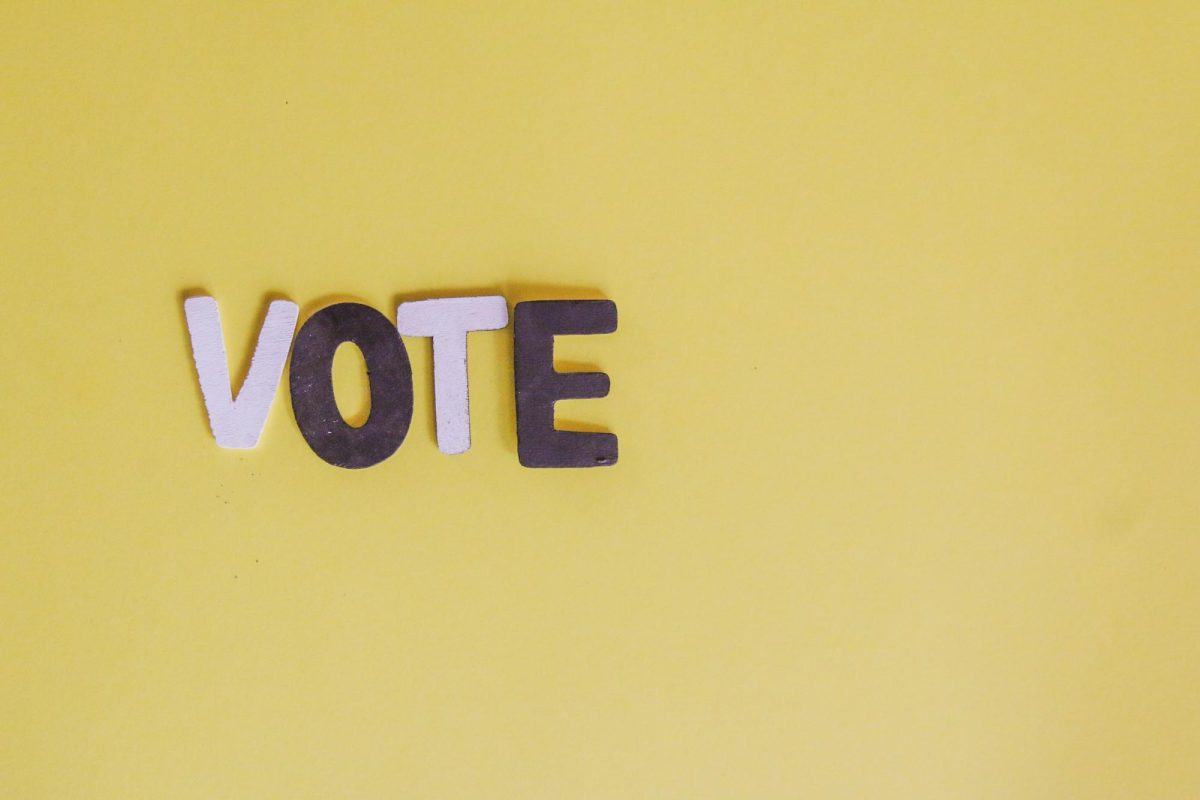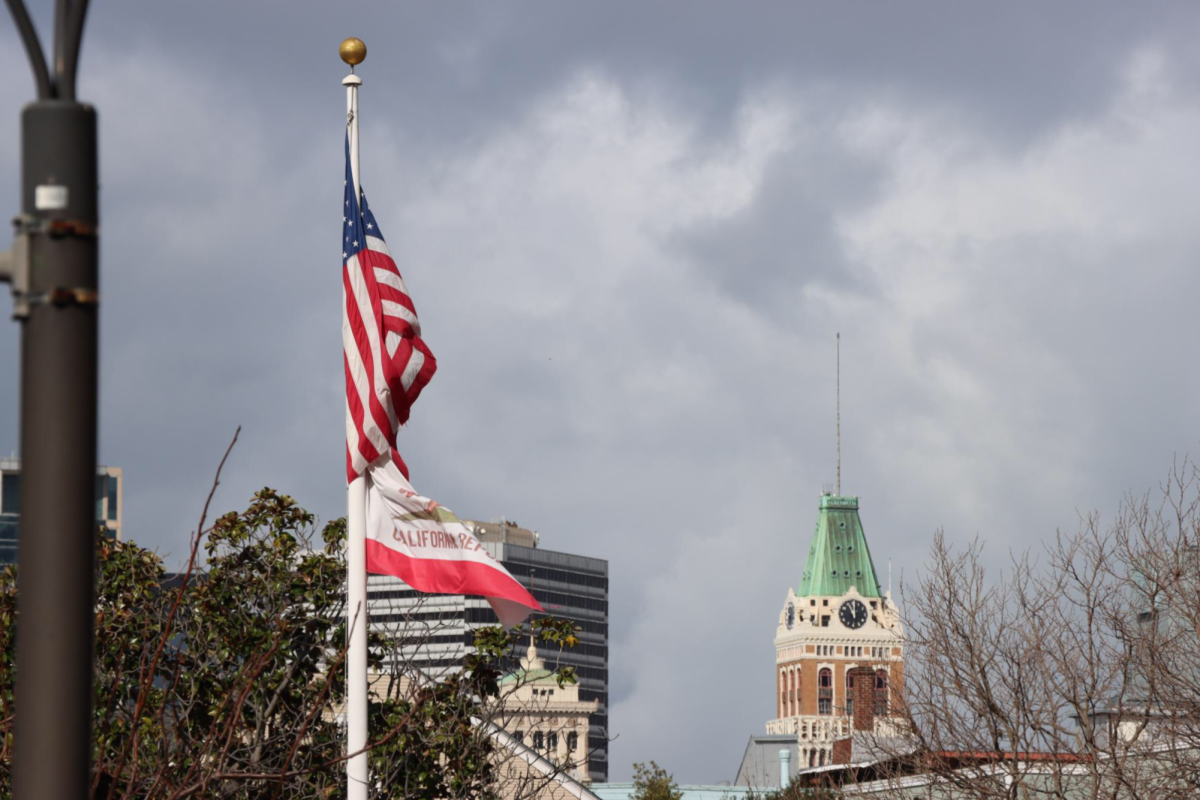Laney Tower staff wins 14 awards at JACC NorCal conference in Stockton
Eva Hannan, Tower Staff Writer
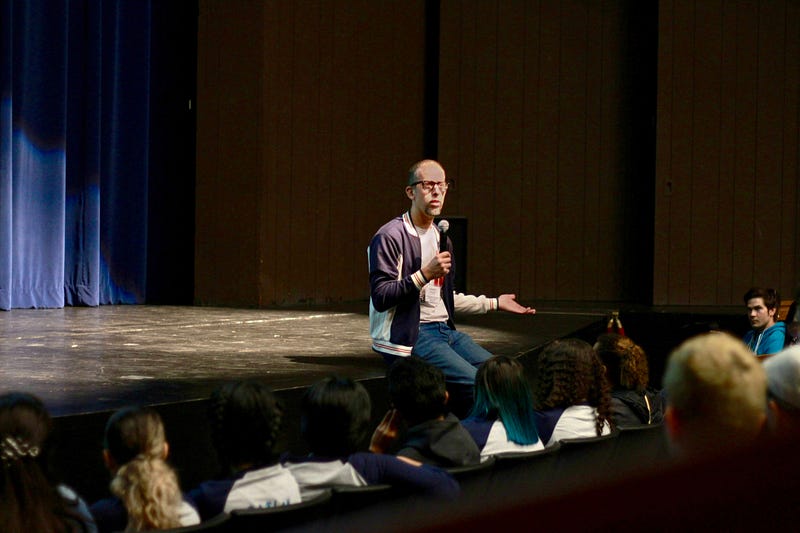
Every fall, journalism students across California wake up before dawn, on a Saturday, to experience a very special and rare occurrence — feeling like their efforts have all been worth it.
This year, the miracle occurred Nov. 3 in Stockton, where San Joaquin Delta College played host to the Journalism Association of Community College (JACC) NorCal conference at their large open campus decorated by grassy lawns, a lively koi pond and ideal weather.
Student delegates from 16 NorCal colleges, 187 in total this year, took place in the all-day event packed with speakers, classes and writing competitions. At the end of the day, winners of the mail-in and on-the-spot competitions were announced.
The Laney Tower staff won 14 awards: General Excellence; first-place awards in Feature Story, Information Graphic, and Photo-Story Essay; second-place awards in News Story, Profile Feature Story, Photo Illustration, Front Page Layout and Sports Game Story and two on-the-spot awards.
Laney College alumnus and Oakland networking guru Joaquin Alvarado of Studio To Be kicked off the day with his keynote address, which included the tension between the public’s expectation of the media and the extent to which they’re willing to support the enterprise.
Alvarado’s casual delivery put the students at ease while honing in on distinctive ways to think and talk about journalism. His takeaway metaphor compared the real cost of quality news to something Americans are very willing to spend a few bucks on — coffee.
It turns out that the annual price per capita of upholding a free press isn’t much more than paying for a round of drinks at Starbucks, according to Alvarado.
The rest of the morning was devoted to delegates attending their choice of several competitions, workshops or discussions. The rollicking conversation induced by Alvarado to wrap up his opening address continued with a Q&A session. Students could also choose to attend a workshop on magazine production, an introduction to the interning process or an on-site photography competition, among others.
The different aspects of student-run newspapers include design, writing, reporting, photography, editing and promotion. The workshops focussed on a variety of topics, ranging from general advice to how-to’s in specific journalistic tools.
After lunch there was a screening of “The Most Dangerous Man in America,” directed by Judith Ehrlich and Rick Goldsmith, that depicts the struggles over the release of the Pentagon Papers, which were leaked to The New York Times by former Pentagon official Daniel Ellsberg.
The afternoon was full of more opportunities for students to gain wisdom and experience through the words of those who have been in the industry. One common refrain through many of the talks was how journalism students must be able to adapt to the current job market, work with multiple formats and never give up hope that there is a need for the kind of work they want to do.
In many ways, journalism is a tough field to enter these days. For one, the rapid rate of established news sources cutting jobs is rivaled only by the rate of high-profile murders of journalists.
Less scary but equally deflating is that populations rely more and more on alternative news sources such as Facebook and other social media to inform their opinions and even actions.
The question is raised: Why would the public need to contribute financially to news sources when the product, which is information, is available for free online?
“This is not a bad thing. There is more than one way to be a journalist,” said Michael Ellis Langley, who led the workshop “Journalism: It’s bigger than the medium.”
Online videos and opinions will not replace journalism, he said, since there was still the need for journalists who could synthesize those opinions into an overview of how different people experienced an event or occurrence and give readers their readers perspectives they can’t get on their own.
Langley is the editor of nearby Tracy Press, an online and print publication, and he went on to talk about his experiences moving the business of news onto different platforms, whether they be email, mobile text, Facebook Live, etc.
His presentation took a different direction when he brought up the destruction of the World Trade Center buildings in New York City in 2001, which he dubbed the “best and worst day to be a journalist.” At the time, Langley worked in Washington, D.C., and was just five miles from the site of the plane that crashed into the Pentagon.
He verbalized with restrained but visible emotion that he was speaking on the traumatic events, which occured 17 years ago, for the first time despite nearly constant journalistic output during that interim.
He did not explain why he felt it was appropriate to process his grief at this time, and showed slide after slide of the destruction and its aftermath to a group of community college students that were for the most part probably born after 2001.
The afternoon activities also included an editor roundtable, writing and editing competitions, and workshops on topics such as writing for sports, “Tips for Social Media Success” and “Rights and Risks” with Nikki Moore, legal counsel for the California Newspaper Publishers Association.
Also available to interested students was a data-heavy workshop exploring new tools for large-scale data analysis in the creation of infographics and data visualizations. Humboldt State University professor Kirby Moss also led an inspiring and involved discussion entitled “Race, Religion, Politics: Reporting on uncomfortable topics,” which aimed to help students in their one-on-one discussions with people whose views they might disagree with or be made uncomfortable.
The day culminated in a rollicking ceremony for the winners of the newspaper publication competition, with photography and writing categories such as news, features, profiles, photo essay, sports game story, and a host of others from material printed in the fall 2017 and spring 2018 semesters, as well as awards for the on-the-spot competitions in opinion writing, copy editing, photography and news writing.

